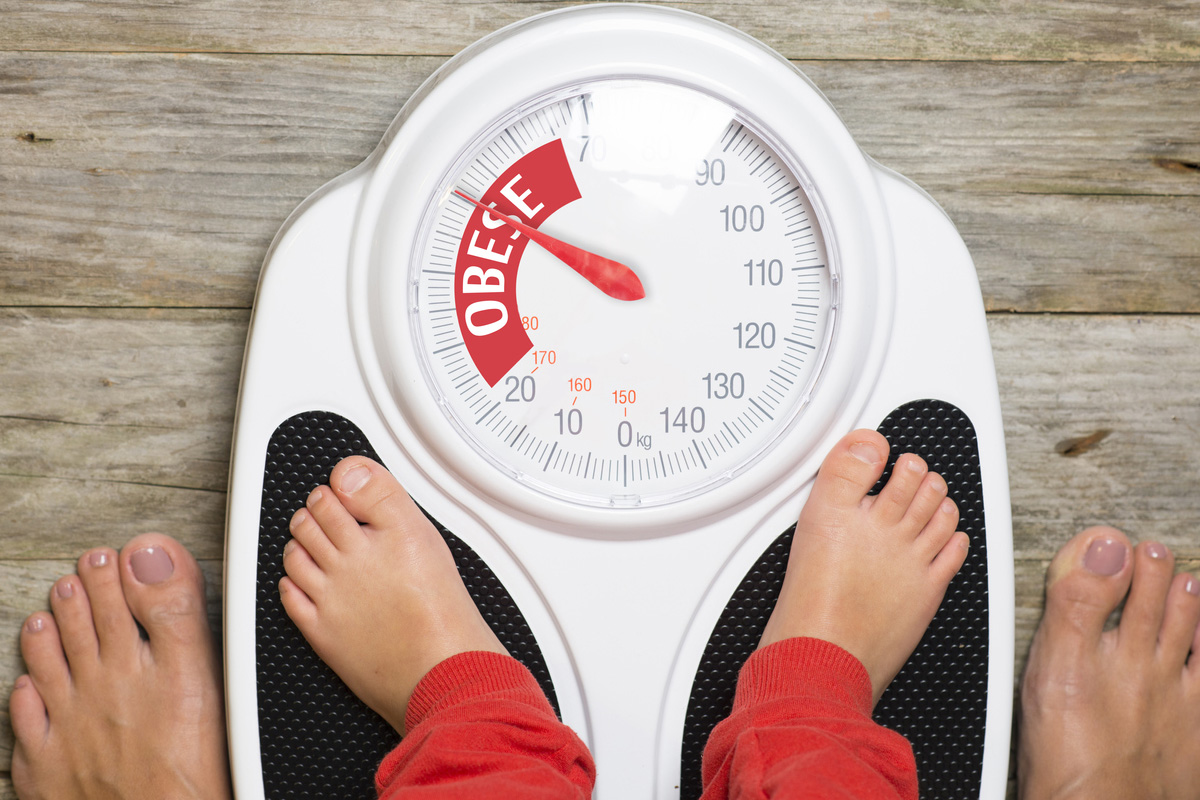Overweight children are emerging as one of India’s biggest health problems, a crisis sounding warning bells calling for urgent action. Pediatricians are calling childhood obesity an ‘epidemic’ in India. With nearly 15 million obese children, India comes after China as the second largest in the world with a child population in trouble – and a country facing an unhealthy future. Ironically, this childhood epidemic of obesity – with serious implications for India’s future health and economy – emerges as an unhealthy byproduct of higher incomes and technological progress.
Families spend more on expensive junk food, with the byproduct of expensive costs to health. Cell phones, computers, play stations and other addictive technology toys are robbing children of a healthy childhood, gamboling out in the sun playing happy outdoor games. Significantly and alarmingly obesity occurs in 15 per cent of children among upper-income families, and the percentage has shot up to 35-40 in recent years. A worrying trend, wrote Dr. Mahesh Balsekar at the Narayana Health SRCC Children’s Hospital in Mahalakshmi, Mumbai. Mahalakshmi, the goddess of wealth, blessing families in a more prosperous India has negative fallout in health of children. A cause of increase in fatter children owes to “environmental influences” – economic prosperity causing changes in diet, from healthy traditional foods, such as cereals, to foods overloaded with sugar and fat.
Advertisement
Even with sugary sweets, the traditional ladoo (211 calories) is a better option than a colorful doughnut (452 calories). In India, we unfortunately neglect physical exercise and demanding outdoor sports – cricket is not as physically demanding as badminton and football. Not surprisingly ‘Mahalakshmi’ and ‘Virat Kohli’ are more familiar names than ‘Dhanvantari’ – the god of medicine. I have no clue if sub-continental gods have a god of good health, but an applicant for that department could be the fitness-dedicated Indian cricket captain Virat Kohli.
The central government would do well to give Kohli a lifetime job of inspiring and improving fitness among children. He helped turn the Indian cricket team from being reputed slackers to perhaps the most fit cricket team in the world. He can help do the same for children. The real wealth is good mental and physical health, but Dr. Balsekar, a pediatrician, lists the deadly health risks obese children face: cancer, heart disease, Type 2 diabetes, hypertension, osteoarthritis, high cholesterol and triglycerides, stroke, gallbladder disease, respiratory problems including asthma, emotional disturbances.
The World Health Organization (WHO) says childhood obesity is one of the most serious public health challenges of the 21st century. Almost every serious disease, from diabetes to heart problems, has obesity as one of the major causes. It means a country with a huge population of obese children literally grows into a future public health crisis – with attendant pressures on families, health infrastructure, and an economy with an unhealthy workforce. Health experts estimate two in three obese children will remain obese as adults and at risk for adult lifestyle diseases. India is becoming the world’s capital for diabetes, the most common lifestyle disease.
Diabetes is a familiar but lethal word: diabetes can often cause blindness, amputation of the leg (in case of injury), heart attacks and kidney failure. Children cannot be left to face such a future simply because parents and teachers fail to recognize seriousness of obesity in children. A root cause of childhood obesity comes from unspent calories, or too much food and too little exercise – unless the exercise of overworked little fingers tapping on cell phones is counted. Fortunately for those of us with childhood in the 1970s or earlier, we had no cell phones and very little television: about two or three weekday evening hours of Doordarshan’s black & white programmes – with entertainment value guaranteed to give heart attack to modern day TV studio bosses.
A weekend movie had us glued to those ancient TV sets, but otherwise we had far fewer choices with our free time – and so more time to run around playing outdoors. No pizza delivery merchants and dial-adish services either. A sedentary lifestyle and reduced physical activity in children gets worse with reduced playing facilities. Few schools have adequate playgrounds, and high costs of urban real estate have led to few public grounds for children to play. Yet we have no choice. Children must be encouraged to develop lifelong habits of good health: reduce snacking while watching TV, reduce sugar intake (sugar is the new ‘drug’ to be avoided like smoking), drink more water instead of colas, play more, exercise more. Parents and grandparents need to set good example for children with a more fitnessconscious lifestyle. Educate the educators on importance of ensuring children’s fitness. School principals, teachers and parents should be told to stop the child’s life revolving entirely around exams and tuitions.
Children need more play time, for fitter minds that can study better. Schools have high-tech labs, even robotic labs, but how many Indian schools have an adequate playground, leave alone a gym. India urgently needs more childhood- fitness initiatives at multiple levels. The SRCC-Children’s Hospital in Mumbai has launched a special program called NH iCAN (improving Children’s Activity and Nutrition), to promote healthy lifestyles and prevent obesity in children. The goal, they say, is “to prevent Gen X from becoming Gen XXL!”. Make that India’s goal.
(The writer is a senior, Mumbai-based journalist)











